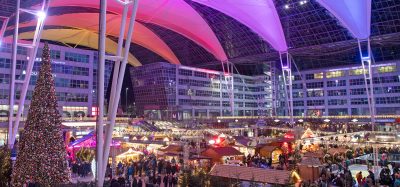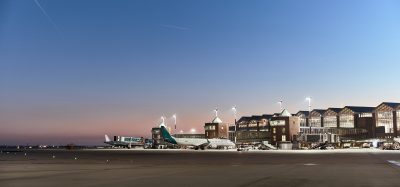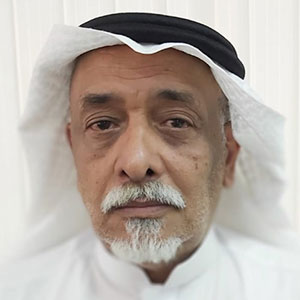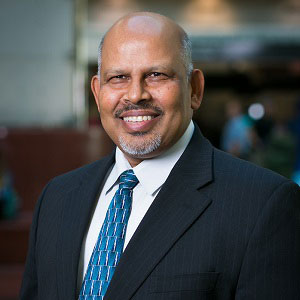The sky’s the limit for Hong Kong International Airport
Posted: 13 August 2025 | Holly Miles, Steven Yiu | No comments yet
Steven Yiu, Airport Operations Executive Director of Airport Authority, Hong Kong, spoke with Holly Miles about how Hong Kong International Airport is entering a transformative new era powered by a third runway, a bold Airport City strategy and cutting-edge technology.
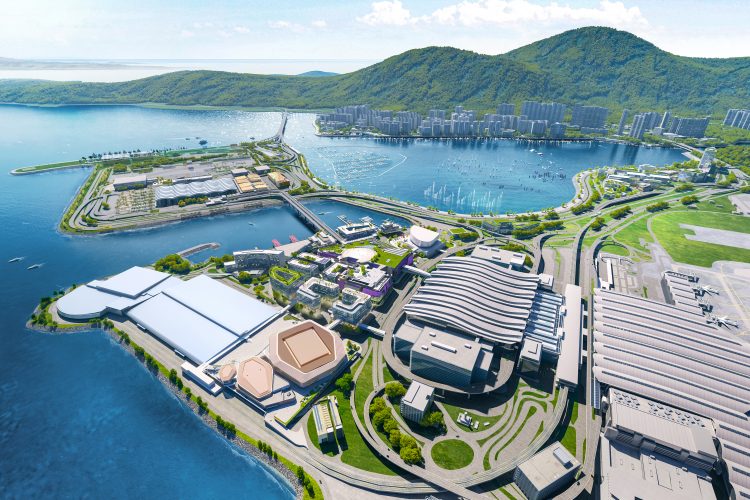

Skytopia development. Credit: AAHK.
With the completion of its ambitious three-runway system and a sweeping transformation into an airport city, Hong Kong International Airport (HKIA) is entering a bold new chapter. Leading this evolution is Steven Yiu, Airport Operations Executive Director, who shared insights into how HKIA is redefining what it means to be a world-class airport. Blending capacity growth, commercial innovation, sustainability, and a future-focused approach to technology and workforce development.
- Skytopia overview. C: AAHK.
- AsiaWorld Expo. C: AAHK.
- Promenade within Hong Kong Airport City. C: AAHK.
From congestion to capacity: the three-runway system
After nearly a decade in development, HKIA’s three-runway system (3RS) is now fully operational. A project that began with land reclamation in 2016 and concluded with the runway commissioning in November 2024.
“The three-runway project is a very important development for Hong Kong,” said Steven. “By 2018 – before the pandemic – we had already reached our capacity limits with the two-runway system, handling nearly 70 million passengers a year. With the third runway in place, our capacity can now increase to 120 million passengers annually. That’s almost a 50% jump in capacity.”
The upgrade also enhances cargo operations, increasing annual capacity to 10 million tonnes, further cementing HKIA’s status as one of the world’s premier air cargo hubs.
Airport city: making HKIA a destination in its own right
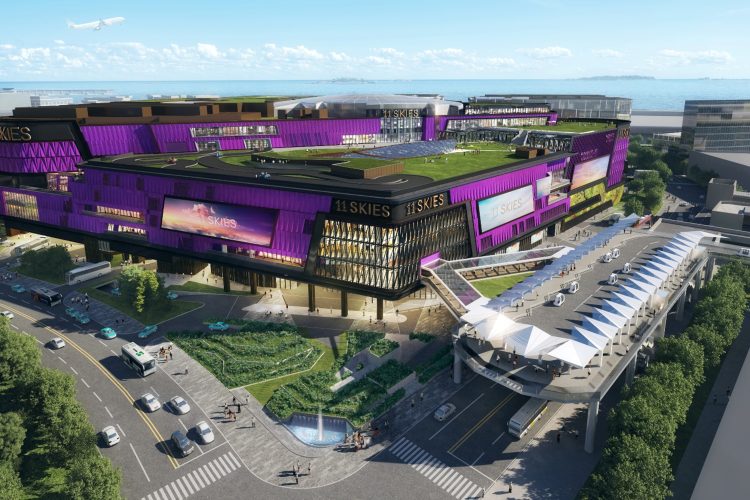

Skytopia complex. Credit: AAHK.
But for Steven and his team, the vision goes far beyond runways and terminals. HKIA is aiming to transform into a destination, not just a transit point. This is the heart of the airport city development strategy.
“In the past, airlines believed that they were the ones who brought the passengers to the airport, airports were just places for passengers to board planes,” he explained. “We want to change that mindset. We want people to come to the airport for other reasons – art, jobs, shopping, food, entertainment. We want to contribute more to Hong Kong’s economy and community.”
At the centre of this transformation is Skytopia, an entirely new precinct that blends air travel with lifestyle and commerce.
“We made up the word ‘Skytopia’ – it comes from ‘Sky,’ of course, ‘Top’ for top-tier service, and ‘IA’ for international airport,” Steven said. “We’re creating a space that’s aspirational, where people come not just to fly, but to experience something special.”
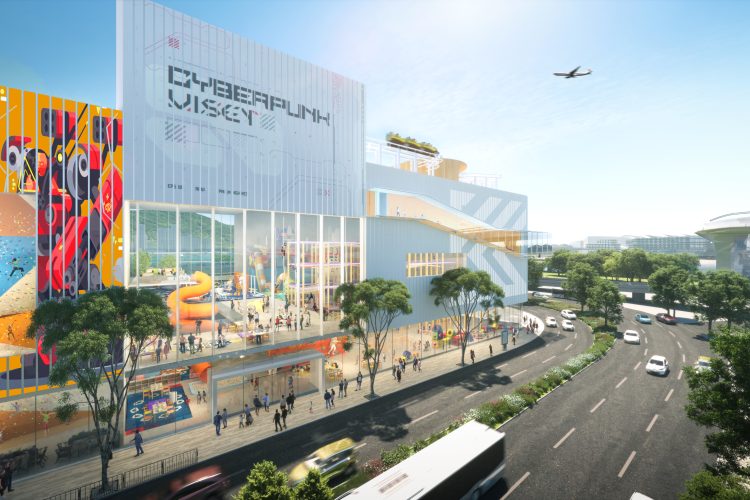

AAHK is making plans for a brand-new sportainment complex on the Hong Kong Port Island that will combine novel indoor and outdoor sports concepts for adventure, exploration, sports and entertainment. It will be positioned as a must-go destination for the public and visitors to enjoy sports and trendy activities. Credit: AAHK.
An emerging global art hub


The Art Hub at Hong Kong International Airport. Credit: AAHK.
Among the standout features of Skytopia is a bold move to position HKIA as a global hub for art trading.
“Hong Kong is the second-largest art market in the world, after New York,” he noted. “We’re building a one-stop solution, everything from creation and appreciation to trading and storage, all within the airport.”
This model allows art to be exhibited, purchased, and even safely stored at the airport, eliminating the need for immediate transport. It’s a creative diversification strategy aimed at generating non-aeronautical revenue while enriching the cultural appeal of the airport.
Skytopia will also feature Hong Kong’s largest yacht bay, a marine resort and luxury hotel and a fresh gourmet market. It will also include a 20,000-set indoor performance venue as part of the AsiaWorld-Expo development.
“Post-pandemic, we re-evaluated our financial model,” Steven said. “Airports can’t rely only on aeronautical revenue anymore. We need new income sources that make us more resilient.”
Steven’s advice for airport leaders looking to transform their airport into an airport city? “Adoption of technology is important. We can’t be too reliant on manpower for two reasons: shortage of manpower which is a worldwide problem, and secondly, airports must control their costs.”
- Yacht Bay. Credit: AAHK.
- Marine resort and luxury hotel. Credit: AAHK.
AI and automation leading the way
Another major pillar of HKIA’s transformation is its deep integration of artificial intelligence (AI) and automation, in both passenger experience and operational efficiency.
“For passengers, we now offer a fully end-to-end journey using facial recognition,” he explained. “From check-in to security, immigration and boarding – your face is your token.”
Behind the scenes, AI plays a vital role in airside operations. “We’re using AI-powered tools to track turnaround milestones for every aircraft,” Steven added. “If something is delayed such as baggage loading, refuelling or catering, we get an alert and can intervene immediately.”
HKIA also claims its title as being the first and only airport to put autonomous vehicles into live airport operations on a wide scale. It has embraced automation through its growing autonomous fleet, which began in 2018 with small-scale electric tugs and has since expanded significantly.
“We now have over 70 autonomous electric tractors,” he said. “We also use autonomous patrol cars and buses within the airfield. Our long-term ambition is for all airside vehicles to be driverless.”
The challenge, Steven says, is the interaction between autonomous and manual vehicles at heavy traffic junctions.
- Autonomous vehicle. C: HKIA.
- Autonomous bus (for transporting staff at airside). C: HKIA.
More from Hong Kong International Airport:
- Hong Kong International Airport to commission two automated carparks
- A third runway, autonomous technology and smart security: A new era for Hong Kong Airport
- HKIA: Smart security screening revolutionises passenger experience
A collaborative approach to change
Introducing automation can often meet resistance, especially from staff concerned about job security. But HKIA has taken a thoughtful, phased approach to integration, emphasising upskilling, safety and improved working conditions.
“Surprisingly, our labour force, even the unions, haven’t resisted,” he said. “We started slowly. For example, we use autonomous vehicles for long-haul or hazardous tasks during extreme weather. That reduces risk for our people.”
The shift has also opened new opportunities: “Instead of being drivers, staff can become autonomous vehicle operators. The pay is higher, the job is more skilled and the environment is better. It’s a win-win.”
Preparing for the future workforce
To match its growing operational capacity, HKIA estimates it will need 40,000 additional workers over the next 10 years.
“That’s a big challenge,” Steven admitted. “We need to create a better working environment and strong career pathways to attract and retain talent.”
This includes investment in automation and AI, not to reduce headcount, but to make the work more efficient and appealing to the next generation.
Looking ahead: new openings and mobility links
Looking to the rest of 2025, HKIA has several major milestones on the horizon:
- The commissioning of the expanded Terminal 2 in 2025
- The launch of the Airport City Link, an autonomous vehicle transport system connecting the airport to the Hong Kong Port immigration area
- Continued rollout of automated cargo systems.
“We’re very busy this year,” Steven said with a smile. “But it’s exciting. We’re building something truly different here – something that will define the future of airports.”
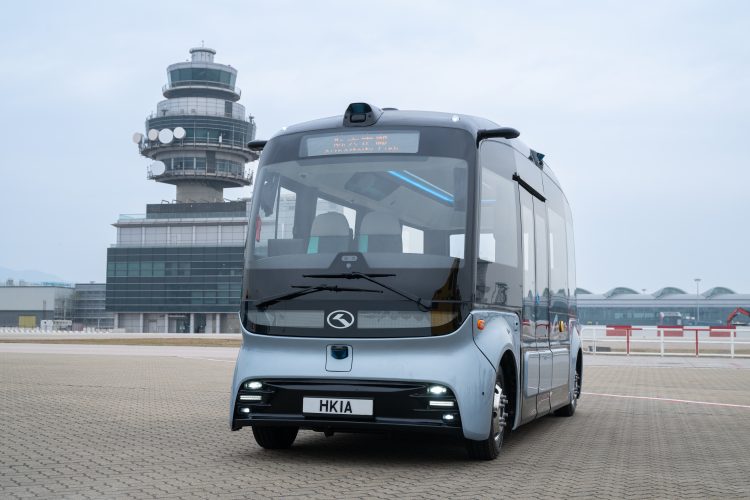

Airport city link. Credit: AAHK.


About the interviewee


C: AAHK.
Mr Steven Yiu is Executive Director, Airport Operations at Airport Authority Hong Kong.
He holds a Master of Computer Based IS from the University of Sunderland and a Bachelor of Quantity Surveying from Robert Gordon University. Yiu was appointed Executive Director, Airport Operations, in December 2022 and has been in the aviation industry for over 30 years. He joined Airport Authority Hong Kong (AAHK) in 1995 and held various management positions in airport operations, including technical services, airfield and terminal management. He was General Manager, Terminal, at Shanghai Hongqiao International Airport from 2009 to 2012. He is currently Vice Chairman of the Shanghai Hong Kong Airport Management Co. Ltd. Yiu is a Registered Professional Surveyor. Prior joining AAHK, he was actively involved in numerous airport developments, including the refurbishment of Kai Tak Airport, New Airport Master Plan, and construction of Macao International Airport.
Related topics
Airport cities, Airport development, Airside operations, Artificial intelligence (AI), Autonomous Technology, Operational efficiency, Passenger experience and seamless travel, Real estate, Robotics, Runways and pavements, Tourism, Workforce



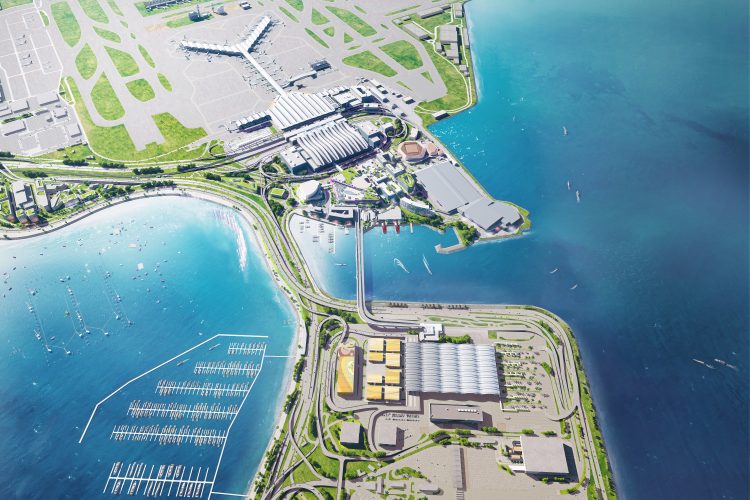
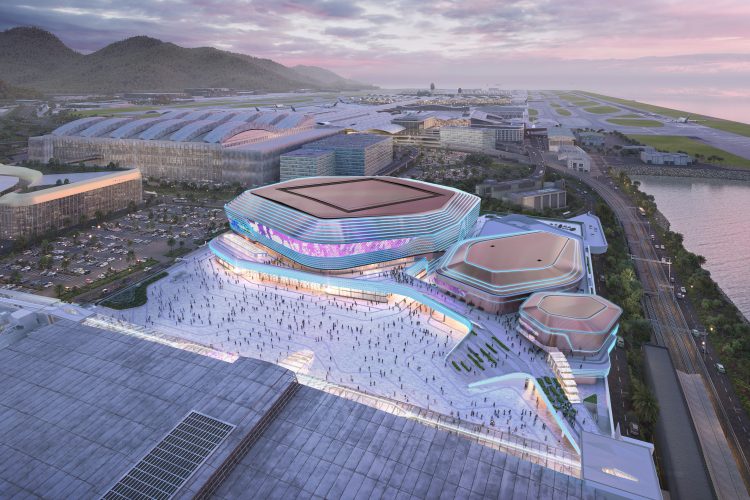
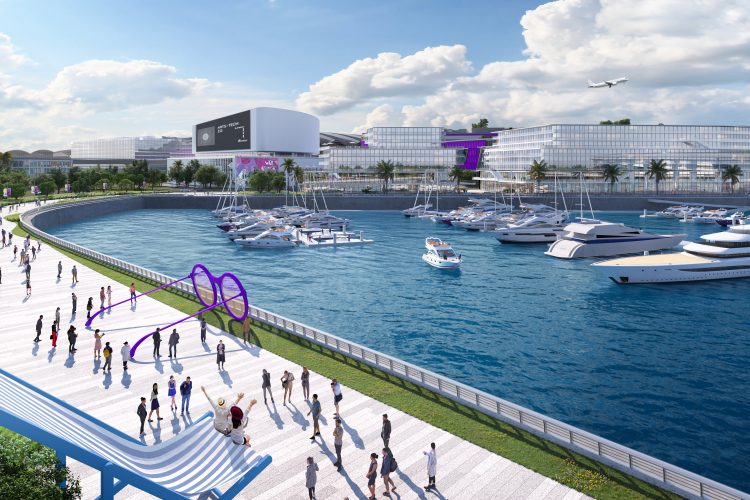

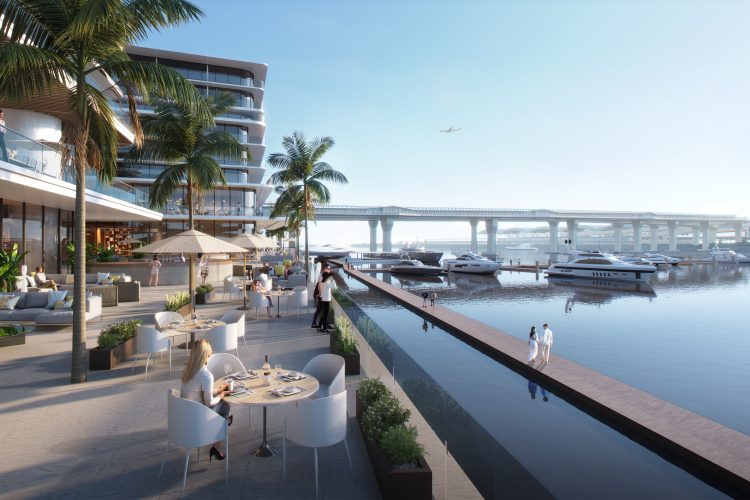
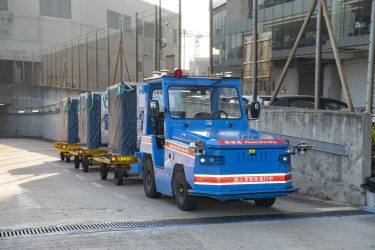
-375x250.jpg)

